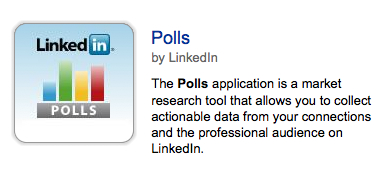A summer 2009 survey conducted by Harris Interactive for CareerBuilder.com indicates that only 26% % of U.S. HR professionals use LinkedIn to search for the names of their job candidates. This percentage is lower than the 29% of U.S. HR professional that use Facebook and the 47% that use Google for the same purpose.
This statistic reveals the fact that there appears to be a misunderstanding of the true networking power of LinkedIn by HR professionals.
So, what is LinkedIn? Here’s the answer from its developers:
However, HR pros seem to be missing the vision of LinkedIn’s founder, Reid Hoffman (yes, that’s a link to his LinkedIn profile). On August 25, 2008 , in an interview with Fortune, Hoffman explains that the main goal of LinkedIn is to improve the life of its users. In his own words:
What I realized before PayPal was sold was that there was going to be a confluence of two forces.
One was how the world of work is changing — every individual is now somewhat entrepreneurial. They’re getting the next gig themselves.
The other was the Internet, which could empower all these individuals to establish profiles online so that people can find them. You’d be able to use your network to get access to people to better chart your path.
I started LinkedIn because changing people’s professional lives is a massive transformation.
Continue reading “Using the True Networking Power of LinkedIn”








